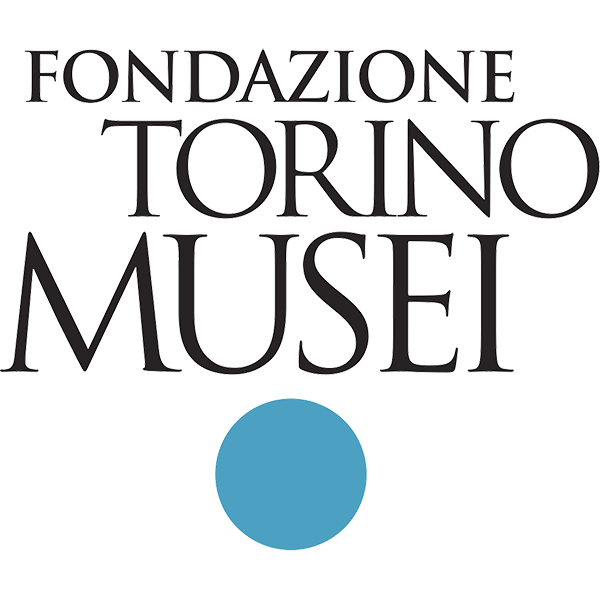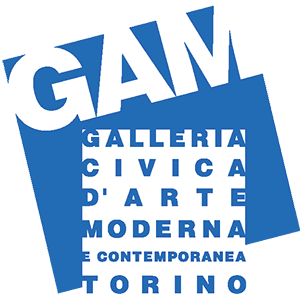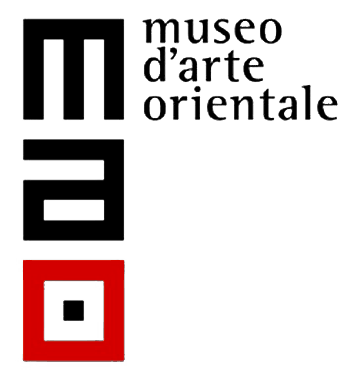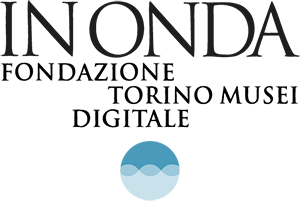PAINTING SPACE SCULPTURE Contemporary Collections
- Exhibition
- 15 February 2019 - 18 October 2020

curated by Elena Volpato
GAM presents a new display of the Contemporary Collections. This is the first edition of various installation projects that will take place once every two years.
The different displays will expose the public to the Museum’s rich collections and give voice to multiple readings and critical interpretations.
This first new arrangement, curated by Elena Volpato, focuses on two decades in chronological continuity with what is presented in the 20th-century collections, the timespan of which ends with Pop art. The display narrates important aspects of the artistic investigations during those years that, for the most part, have been barely considered by general historical interpretation.
Towards the mid-1960s, when art research was mainly aimed at overturning traditional art languages and disavowing any debt to museums and art history, some Italian artists continued to question the meaning of sculpture, of painting, and of drawing, as well as the possibility to push beyond the limits those languages had expressed up to then. They did so without cutting ties with history, emphasizing the very origins of the painting and sculpture act and opening their works up, as never before, to embrace and nurture within the breath of space and, with it, that of time.
The artists here represented are not part of a single group. Some of them are tied to the history of Arte Povera while the careers of others are intertwined with analytical painting. Others still, after dabbling in conceptual art, found new reasons to reflect once again on traditional languages and ancient codes of expression. Nonetheless, if their works seem to dialogue here in all naturalness, it is not due to mere chronology, but because in the practice of each artist there is much more than what the words of militant criticism ever had reason to express. In all of them, as is often the case, there is more personality and independence than how much the reasons behind groups or trends in the art world can say.
After decades, now that these overall histories are known and codified, now that more and more international exhibitions are dedicated to them, we can allow ourselves to look at the more personal aspects of their work. And it is precisely their individual style that clearly resounds with an unsettled bond with art history, with its ancient languages, in different ways for each artist yet with a similar force.
If we attempted to explain in a single sentence what these works and their artists share, there where they seem to express with truth their most inner voice, we could say that they partake in an authentic desire of art, a sense of belonging, the awareness of all which that word meant up to then and everything it could still represent in virtue of that past.
The works on display all come from the Museum’s collections. The most central core is the result of numerous acquisitions that took place while Pier Giovanni Castagnoli was director, between 1998 and 2008. Many of these were purchased thanks to the Fondazione per l’Arte Moderna e Contemporanea CRT, who is also credited with purchasing the artist books on display at the exhibition’s entrance and of the two works by Marco Bagnoli, Vedetta notturna, 1986, and Iris, 1987, under the current director Riccardo Passoni.
Animale terribile by Mario Merz, 1981, and Gli Attaccapanni (di Napoli) by Luciano Fabro, the first works purchased by the Fondazione per l’Arte Moderna e Contemporanea CRT since it was established, are part of a small group from the Margherita Stein Collection, purchased to be entrusted to the GAM – Galleria Civica d’Arte Moderna e Contemporanea and the Castello di Rivoli. Eighteen years after that purchase, GAM is pleased to display for the first time at the Museum this work by Luciano Fabro.






